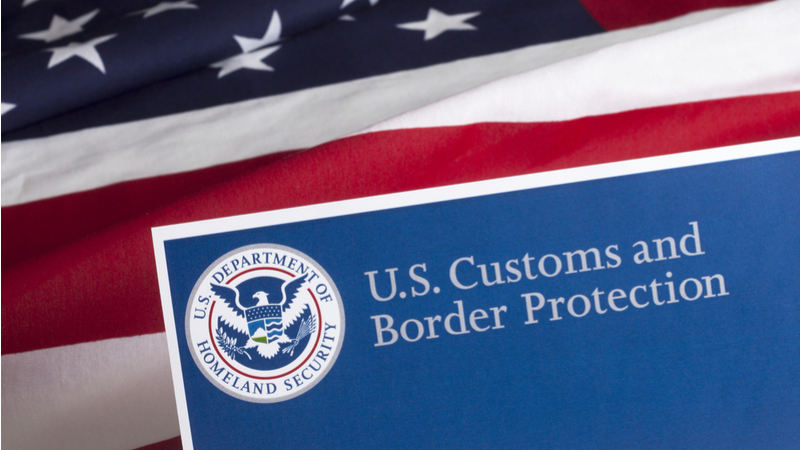
Customs and Border Patrol (CBP) is tasked with protecting U.S. national security and protecting the nation’s borders. When it comes to the technology infrastructure needed to meet mission goals, Sonny Bhagowalia, deputy assistant commissioner with CBP’s Office of Information Technology, has turned to supported open-source technologies.
“Open source offers us a lot of promise,” Bhagowalia said during today’s MeriTalk webinar.
Open source offers CBP a path forward in its push to modernization. It is “an enticing option” when looking to move to the cloud, Bhagowalia said. On top of the benefits to modernization, it also can help with CBP’s bottom line. With supported open source, Bhagowalia explained that CBP “can now look at low cost and lower-cost open source solutions.”
While Bhagowalia couldn’t dive into too many specifics as to how CBP is using open source, due to security concerns, he said it is supporting the agency with its critical infrastructure and supply chain management. “Using open source has allowed us to support key operations,” he said.
Bhagowalia also stressed that open source enables capabilities not available in more traditional technologies.
“The open source solution wasn’t just better, but provided key capabilities that weren’t available otherwise,” he said.
However, he did say caution is sometimes warranted. “Open source tools can lead the way to new technologies such as artificial intelligence and machine learning,” but “because of the churn with new technologies, we must take caution before diving in.”
When it comes to delivering, Bhagowalia discussed the importance of combining the engineering discipline with a strong management background to deliver at scale. He said you must look at “operational needs, mission needs, and expertise” to succeed with open source.
In recent months, Bhagowalia’s team has had to adapt to an entirely new work environment in light of the COVID-19 pandemic. He proudly said that CBP “didn’t miss a beat.” Though travel is obviously down amid stay at home orders, “trade is still going on” and CBP officials remain essential. Many employees began teleworking, but were still “always on.” Additionally, CBP is working to stay prepared for when life – and travel – returns to normal. “Our adversaries never stop,” he cautioned.
Turning to the topic of innovation, Bhagowalia shared his mindset, “it’s all about delivering innovation at the speed of mission.” On top of that, he stressed that “innovation isn’t just by the few and the elite, but it’s by everyone” and “it’s not just about technology, but the business process.” While people were previously concerned about whether open source was secure enough for government agencies. “That myth is gone now,” he said. Next was a concern about cost, but CBP has now seen the possibility for low cost and lower-cost technologies.
When it comes to innovation, Bhagowalia stressed the importance of team integration. He said that there is “good” integration across the teams at CBP. He said you see CBP’s law enforcement officials sitting next to civilian employees and Federal contractors, all while partnering with the private sector. That integration, Bhagowalia said, helps foster innovation.
“Innovation is alive and well and is the foundation for American ingenuity,” Bhagowalia concluded.
